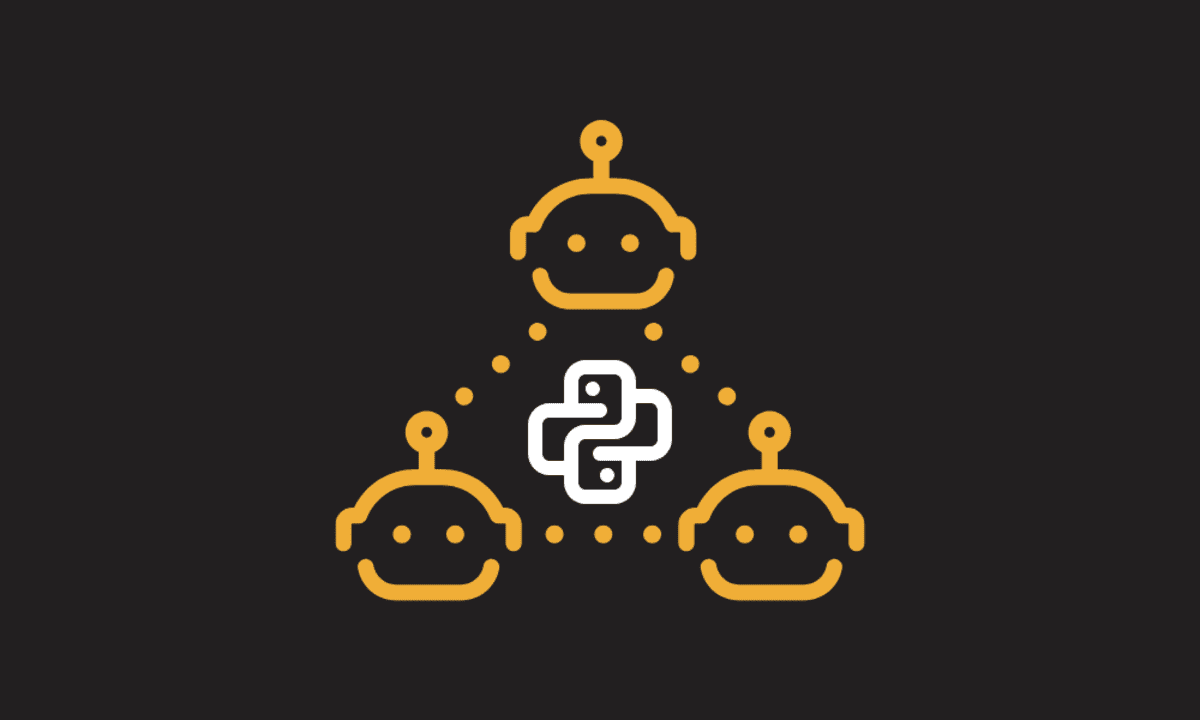
Design, test, and deploy multi-agent systems in hours using the powerful agentic frameworks.

Design, test, and deploy multi-agent systems in hours using the powerful agentic frameworks.
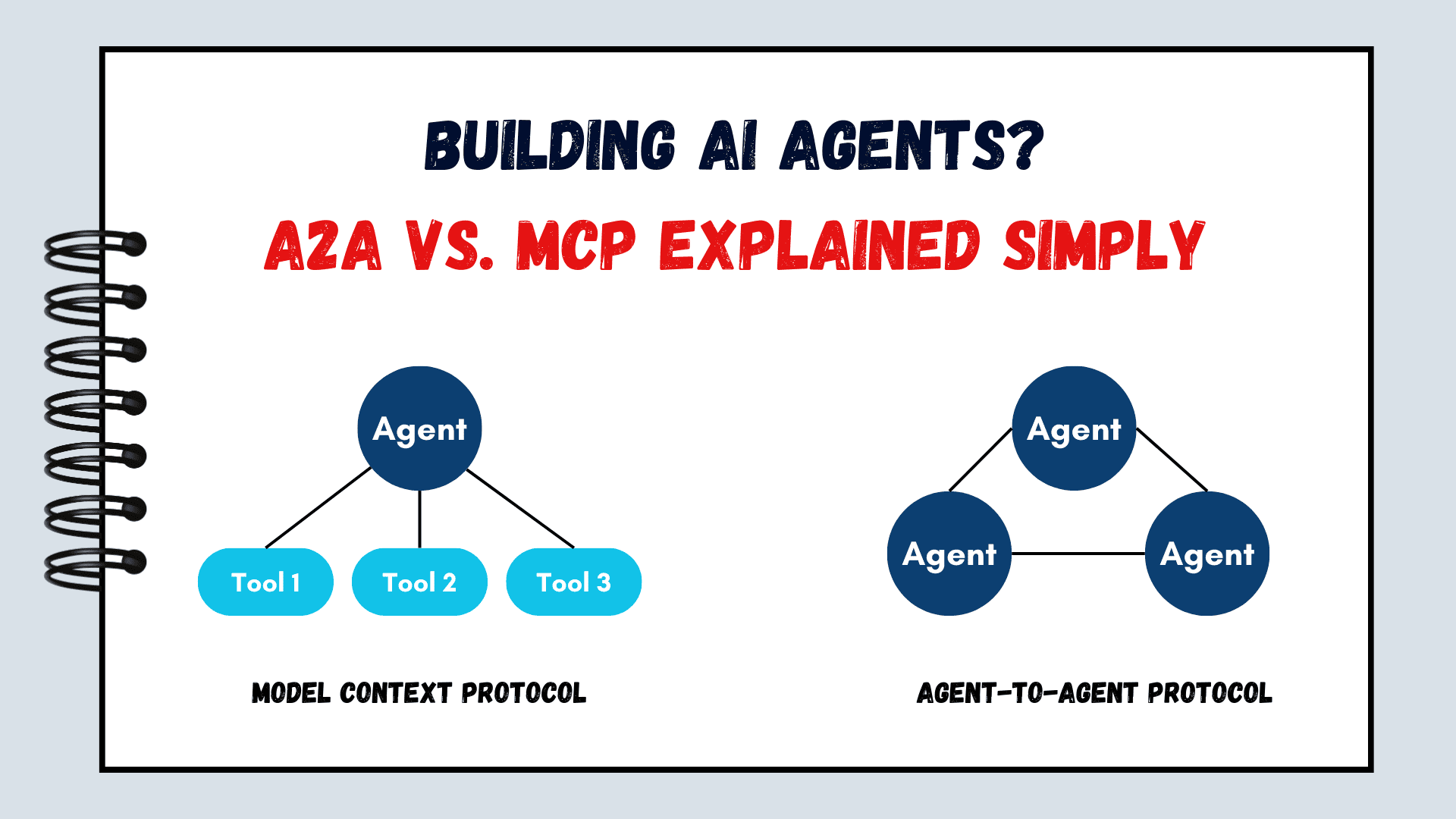
Confused by AI agent frameworks? This article makes sense of A2A and MCP.
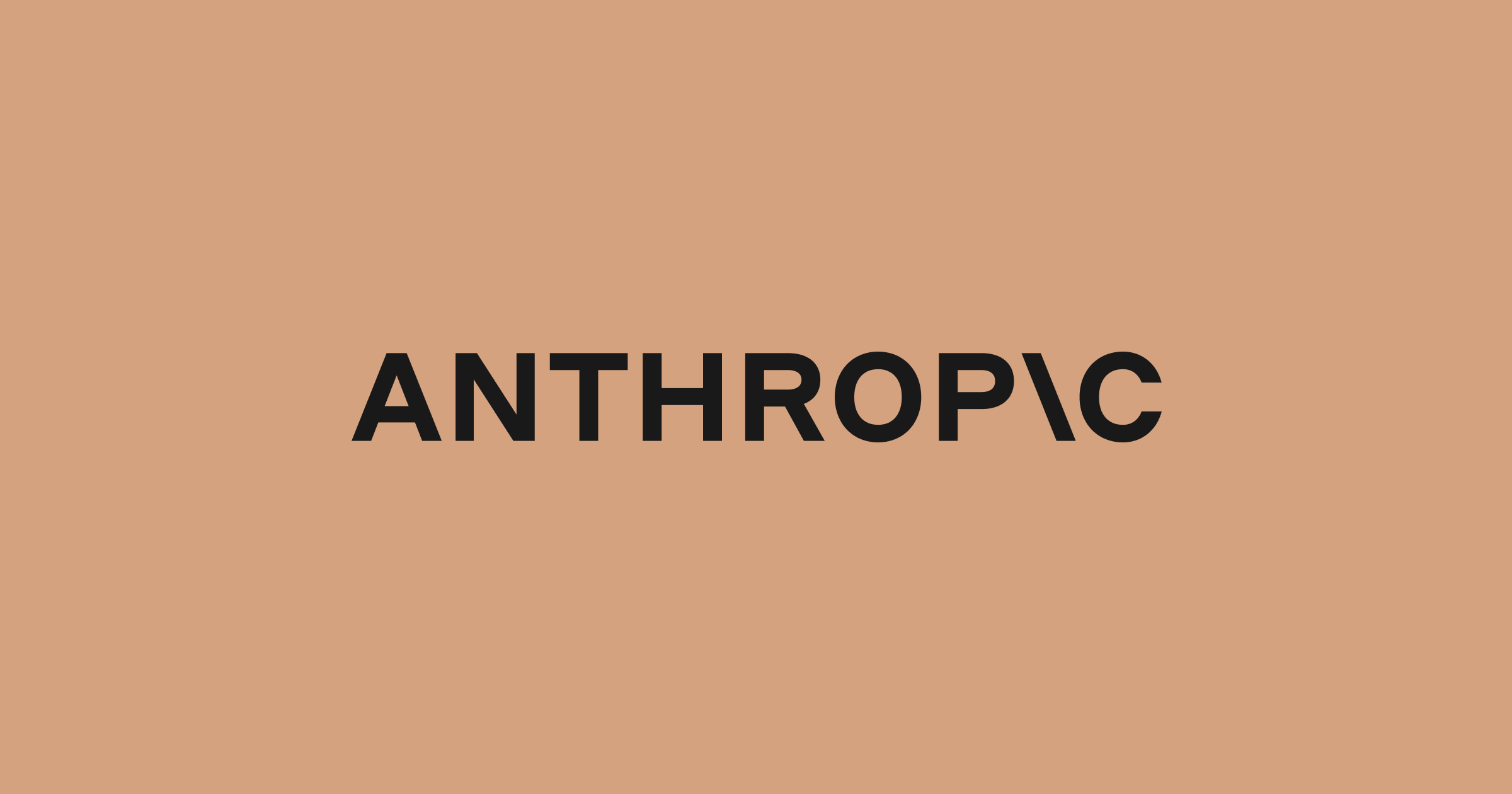
A blog post covering tips and tricks that have proven effective for using Claude Code across various codebases, languages, and environments.
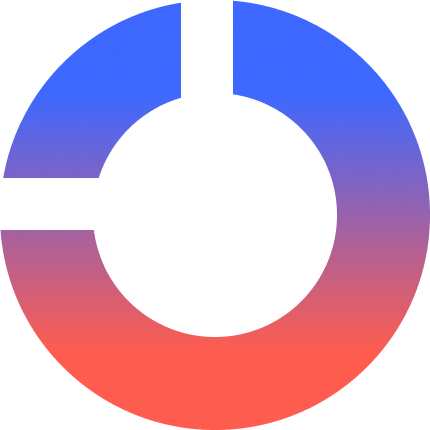
Q-learning is a model-free reinforcement learning algorithm that enables agents to learn optimal actions through interaction with their environment.

In our previous tutorial, we built an AI agent capable of answering queries by surfing the web. However, when building agents for longer-running tasks, two critical concepts come into play: persistence and streaming. Persistence allows you to save the state of an agent at any given point, enabling you to resume from that state in future interactions. This is crucial for long-running applications. On the other hand, streaming lets you emit real-time signals about what the agent is doing at any moment, providing transparency and control over its actions. In this tutorial, we’ll enhance our agent by adding these powerful
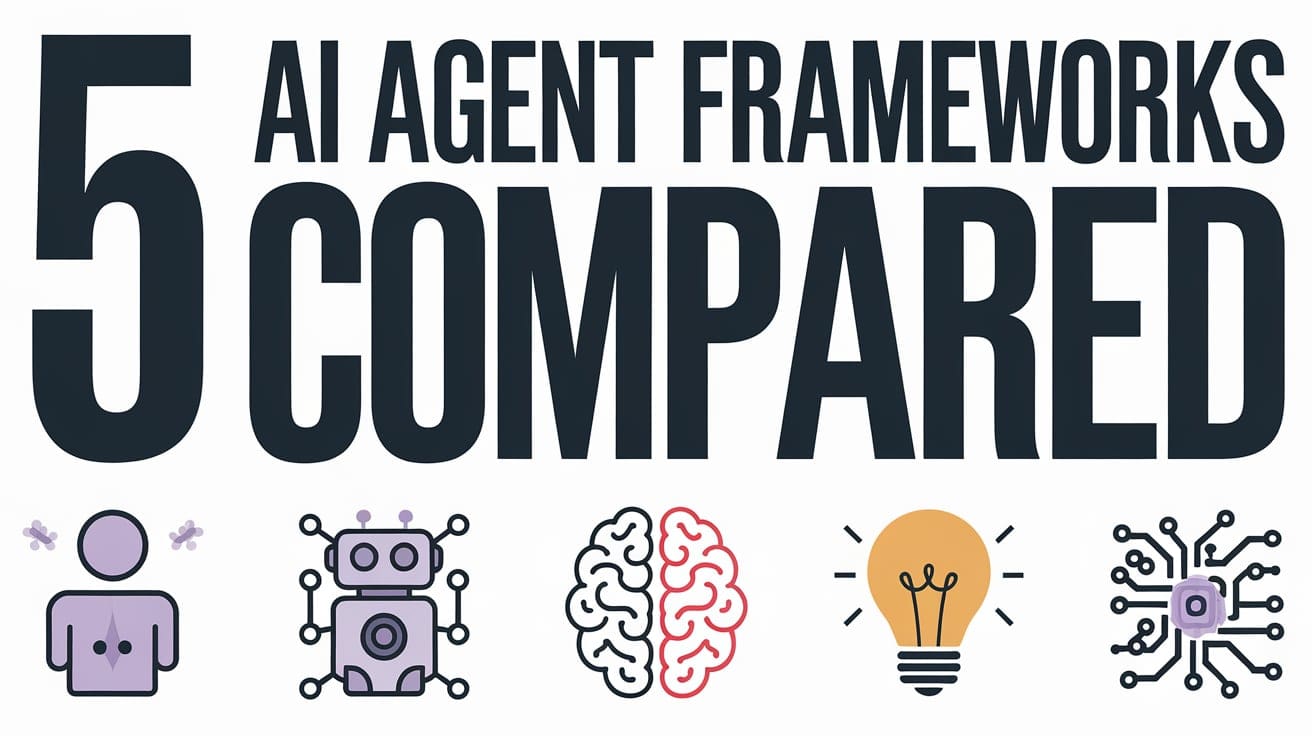
Check out this comparison of 5 AI frameworks to determine which you should choose.
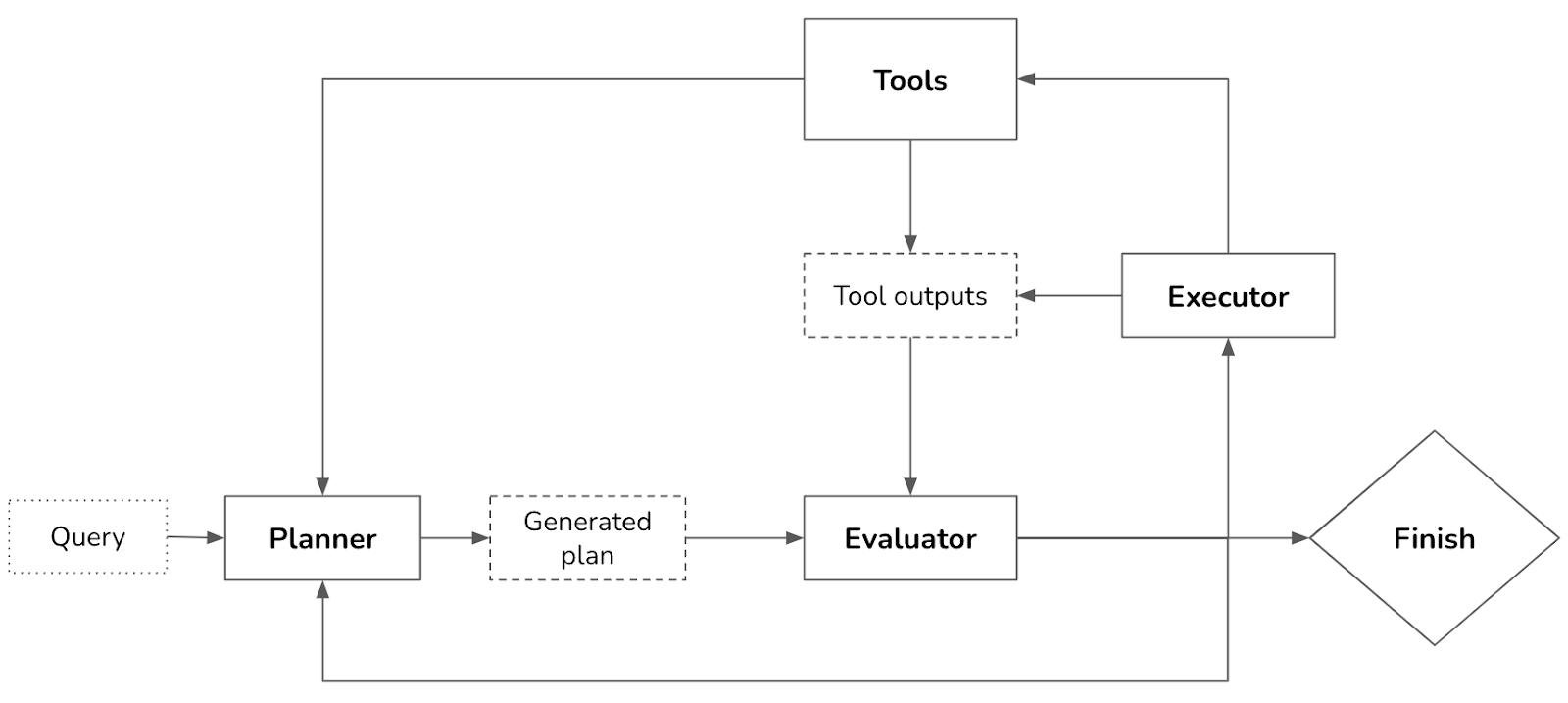
Intelligent agents are considered by many to be the ultimate goal of AI. The classic book by Stuart Russell and Peter Norvig, Artificial Intelligence: A Modern Approach (Prentice Hall, 1995), defines the field of AI research as “the study and design of rational agents.”